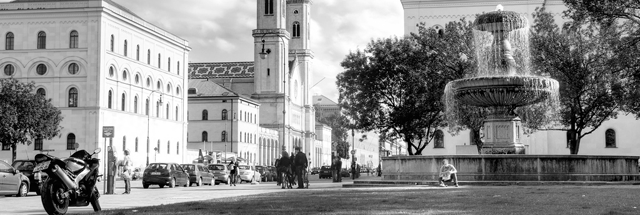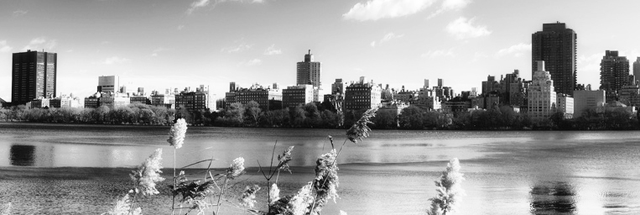Black and white photography removes the distraction of color and focuses on form, texture, and the play of light and shadows. It adds depth and drama to the image. The key to mastering black and white photography is understanding how to use light and shadow, as well as controlling contrast to highlight every detail. Choosing the right subject and scene can make black and white photos come alive and leave a lasting impression on the viewer. Additionally, post-production processing is an important step in enhancing the black-and-white effect and adding emotional expression to the photo.
Read More...
To take great photos, you first need to understand the basic settings of your camera, including the relationship between aperture, shutter speed, and ISO. Once you master these basics, understanding how to choose the right angles and composition is essential. While shooting, pay attention to the use of light, as good lighting will make the photo come alive. Whether it's landscape photography, portraits, or street photography, adjustments should be made based on the needs of each scene. The most important thing is to keep practicing, developing your observation and creativity skills, and maintaining the passion to keep improving your photography skills.
Read More...
Landscape photography is one of many photographers' favorite themes because it showcases the vastness and beauty of nature. When photographing landscapes, consider the time of shooting first. Morning or evening light often yields more beautiful results. Next, choose scenes with layers of depth, such as mountains, lakes, or forests, which add depth and space to the photo. The right composition can guide the viewer's eye and highlight important elements in the landscape. In post-production, you can adjust exposure and contrast to emphasize details and colors in the scenery. Weekly photography challenges can help you improve your shooting skills and discover different creative angles and ideas.
Read More...

 Blog
Blog


